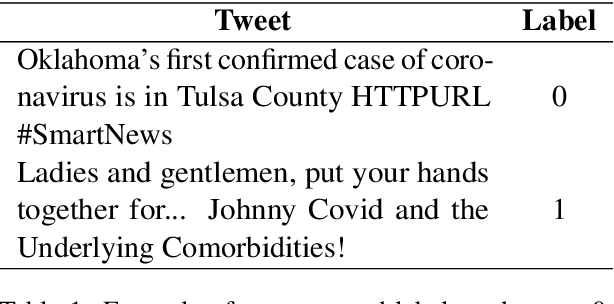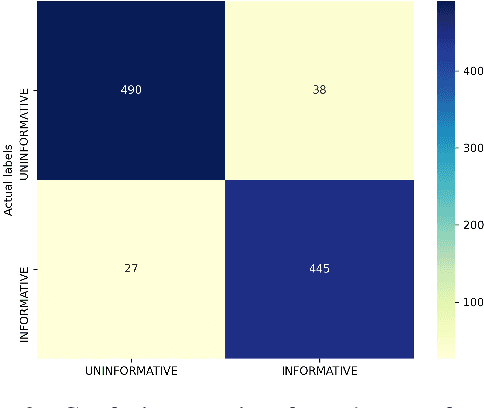Hao Phu Phan
ViCLEVR: A Visual Reasoning Dataset and Hybrid Multimodal Fusion Model for Visual Question Answering in Vietnamese
Oct 27, 2023Abstract:In recent years, Visual Question Answering (VQA) has gained significant attention for its diverse applications, including intelligent car assistance, aiding visually impaired individuals, and document image information retrieval using natural language queries. VQA requires effective integration of information from questions and images to generate accurate answers. Neural models for VQA have made remarkable progress on large-scale datasets, with a primary focus on resource-rich languages like English. To address this, we introduce the ViCLEVR dataset, a pioneering collection for evaluating various visual reasoning capabilities in Vietnamese while mitigating biases. The dataset comprises over 26,000 images and 30,000 question-answer pairs (QAs), each question annotated to specify the type of reasoning involved. Leveraging this dataset, we conduct a comprehensive analysis of contemporary visual reasoning systems, offering valuable insights into their strengths and limitations. Furthermore, we present PhoVIT, a comprehensive multimodal fusion that identifies objects in images based on questions. The architecture effectively employs transformers to enable simultaneous reasoning over textual and visual data, merging both modalities at an early model stage. The experimental findings demonstrate that our proposed model achieves state-of-the-art performance across four evaluation metrics. The accompanying code and dataset have been made publicly accessible at \url{https://github.com/kvt0012/ViCLEVR}. This provision seeks to stimulate advancements within the research community, fostering the development of more multimodal fusion algorithms, specifically tailored to address the nuances of low-resource languages, exemplified by Vietnamese.
A Comparative Study of Question Answering over Knowledge Bases
Nov 15, 2022



Abstract:Question answering over knowledge bases (KBQA) has become a popular approach to help users extract information from knowledge bases. Although several systems exist, choosing one suitable for a particular application scenario is difficult. In this article, we provide a comparative study of six representative KBQA systems on eight benchmark datasets. In that, we study various question types, properties, languages, and domains to provide insights on where existing systems struggle. On top of that, we propose an advanced mapping algorithm to aid existing models in achieving superior results. Moreover, we also develop a multilingual corpus COVID-KGQA, which encourages COVID-19 research and multilingualism for the diversity of future AI. Finally, we discuss the key findings and their implications as well as performance guidelines and some future improvements. Our source code is available at \url{https://github.com/tamlhp/kbqa}.
UIT-HSE at WNUT-2020 Task 2: Exploiting CT-BERT for Identifying COVID-19 Information on the Twitter Social Network
Oct 09, 2020



Abstract:Recently, COVID-19 has affected a variety of real-life aspects of the world and led to dreadful consequences. More and more tweets about COVID-19 has been shared publicly on Twitter. However, the plurality of those Tweets are uninformative, which is challenging to build automatic systems to detect the informative ones for useful AI applications. In this paper, we present our results at the W-NUT 2020 Shared Task 2: Identification of Informative COVID-19 English Tweets. In particular, we propose our simple but effective approach using the transformer-based models based on COVID-Twitter-BERT (CT-BERT) with different fine-tuning techniques. As a result, we achieve the F1-Score of 90.94\% with the third place on the leaderboard of this task which attracted 56 submitted teams in total.
 Add to Chrome
Add to Chrome Add to Firefox
Add to Firefox Add to Edge
Add to Edge